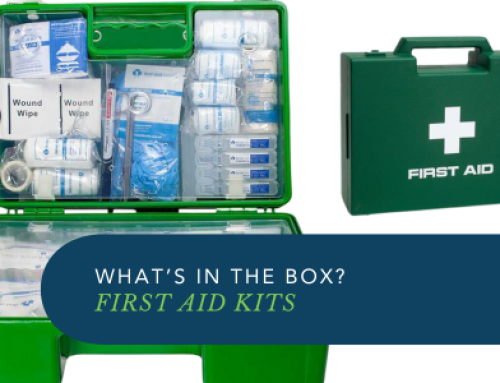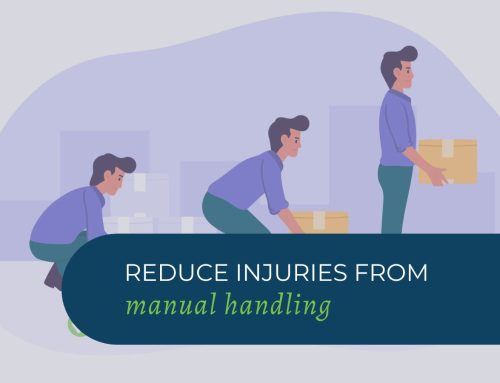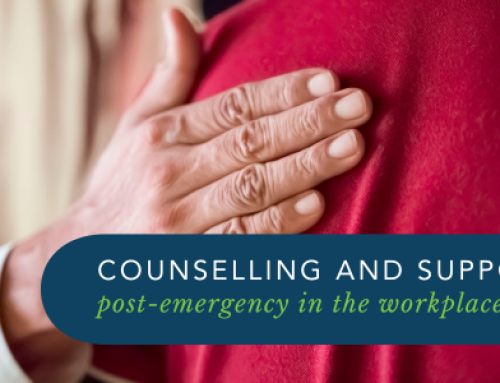We usually don’t think of the workplace as being dangerous or harmful, especially not when it comes to a regular 9-to-5 office job. While emergencies can never be predetermined, they may result from a natural disaster or mere happenstance due to human error. Emergency preparedness is crucial for each and every kind of industry.
Businesses drive the economy and the community, therefore, keeping the people running these businesses safe and pre-prepared is key. But who determines that? What would push an organisation to take further steps?
By law, before businesses can operate, they go through numerous thorough assessments, preparation, and compliance-based measures prior to occupancy. A variety of providers deliver the service of prepping an organisation with key workplace preparedness strategies and outlining employee emergency-response roles.
This is could be a combination of preparing evacuation diagrams, developing a site-specific emergency plan, and backed up with appropriate and regular workplace safety training. Management will then, along with the persons conducting business, coordinate, designate, and encourage the organisation to comply with these strategies and be part of actively monitoring theirs and the company’s safety as a whole.
Risk perception can be defined as “the subjective assessment of the probability of a specified type of accident happening and how concerned people are with the consequences.” A large company with more than 100 employees may not have the same level of preparedness as workplaces with only 10 people.
One may have a full team of WHS members and the latter would only and most likely rely to a manager or supervisor on shift. Nevertheless, we would like to emphasize the fact that employee engagement and viewpoints when it comes to workplace safety should not be ignored.
It should be a continuous process to ensure employees come and leave from work safe. Any risks or hazards should be brought up right away for immediate action. Having to develop a process of addressing and taking action to safety concerns will void any employee’s probability to neglect a disaster or emergency.
Organizations must address obstacles to risk mitigation and preparedness. Such obstacles may include but not limited to: lack of information, lack of management and support, and lack of financial resources.
To improve preparedness, efforts are needed to train, support, and monitor the staff’s knowledge and required competencies as part of an organizational change; training should be undertaken where there are deficiencies.
Management should also encourage workers in their respective departments to raise WHS or any safety issues as they see them. It may be via email or a short discussion with the potentially affected staff/department. Interviews can also be done by asking open-ended questions about the type of actions staff had taken regarding reacting to potential risk or emergency and their attitude toward risk management.
There’s still a void to be filled when the workplace does not have an emergency management structure. It could start by having a designated employee (manager or supervisor on shift) charged with consulting other staff members in getting feedback and assess organizational vulnerability to emergencies and injuries.
The designated employee/s can also source external assistance from emergency management providers to help them get started in putting a system in place for everyone to adhere to. He or she may also communicate potential risks and execute planned responses to organizational members through videos, pamphlets, and e-mails as a continuous effort, and act as a reminder that the company’s health and safety is everyone’s responsibility.
Workplace Emergency Management delivers services with always the clientele’s needs in mind. Not only do we assess and recommend based on the Australian Standards (3745-2010), we make it a point to gather as much feedback as we can and then give our further recommendations not only to educate the staff but also to help them understand what needs to be improved and how can we help them improve it.
It may be additional training, it may be helping them review their emergency plans, or even helping them create and implement further risk-reducing measures. Our consultants are equipped and updated in terms of any and all state requirements and regulations to ensure (not only) compliance, but the guarantee and comfort of having safer workspaces.
GET IN TOUCH
Are you ready for peace of mind that your workforce is as safe and prepared as possible?
With a dedicated team of staff ready to help you meet compliance requirements and improve the overall safety of your workplace, all you need to do is get in touch.
Request your free audit today!



